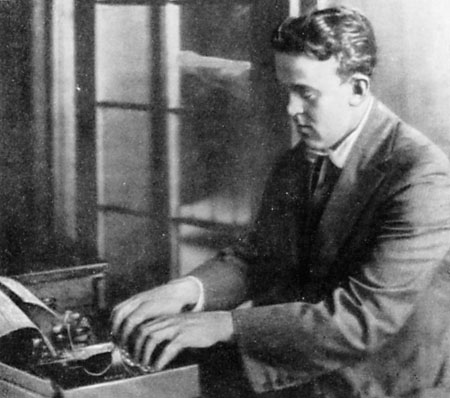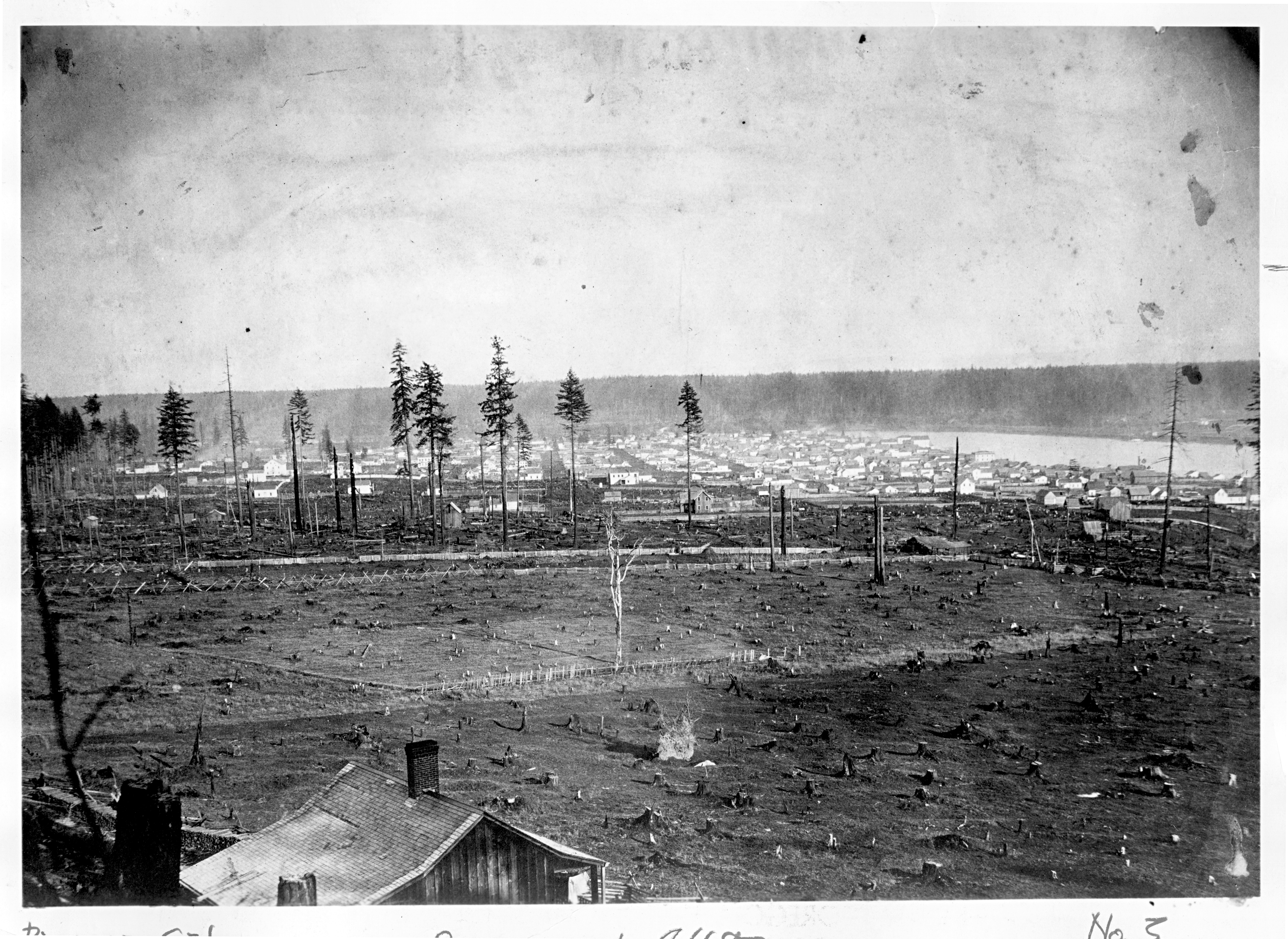Almost ninety years after his burial on Red Square in Moscow, John Silas “Jack” Reed remains among the most controversial of Oregon’s native sons. During his brief life, he earned his celebrity by reporting on U.S. labor strikes, the Mexican revolution, World War I, and by being a founder of and international delegate for the Communist Labor Party. Early in Reed's career, Walter Lippman cautioned New Republic readers that he “is many men at once, and those who have tried to . . . regard him as a writer, a correspondent, a poet, a revolutionist, or a lover, lose him.” In 1981, younger generations were introduced to Reed in Warren Beatty’s epic film Reds, and in 1999 a New York University panel of experts ranked his Ten Days That Shook the World seventh among the hundred best works of American twentieth-century journalism.
Reed was born on October 22, 1887, in Cedar Hill, his grandfather Henry Dodge Green’s five-acre mansion near today’s Washington Park in Portland. Although Green’s widow sold the estate when Jack Reed was only three years old, he later remembered Cedar Hill as “something fantastic. . . . A lordly grey mansion modeled on a French Chateau.”
Reed’s father, Charles “C.J.” Reed, was a U.S. marshal with an office in the Pioneer Courthouse in Portland. The family moved off the hill into town in 1890, and Reed’s early education included the Friday Evening Dancing Class for West Hill society and the Portland Academy. He preferred expeditions to less elevated neighborhoods, such as Skid Row, the waterfront, and Chinatown. For Reed, the Industrial Workers of the World hall was the “liveliest intellectual center in town.”
Reed published his first work when he was fifteen, a poem called “The Columbia River,” in the Troubadour, the literary magazine of the Portland Academy. Looking back in his most personal memoir, Almost Thirty, first published in the New Republic in 1936, Reed saw himself as “neither one thing or another . . . that is why my impression of my childhood is an unhappy one and why I have so few close friends in Portland and why I don’t want ever to live there again.”
At sixteen, Reed was sent to boarding school in New Jersey and then on to Harvard, where much of his writing drew on his experiences in Oregon. He spent most summers in Portland, where he attended parties in the West Hills, charmed several local women, and wrote two of his most famous poems, “The Day in Bohemia” (1913) and “Sangar” (1913).
His final visit to Portland in 1914, to spend Christmas with his widowed mother Margaret, was the most memorable. Writer and activist Louise Bryant asked their mutual friends, Carl and Helen Walters, to introduce her to Reed. Within weeks, he had left Oregon and was living with Bryant on Washington Square in New York.
Reed was a central figure in America’s cultural Bohemia and a political activist, and he spent the remainder of his career writing for radical publications such as The Masses and for magazines such as The Metropolitan. His best-known book was Ten Days That Shook the World, an eyewitness account of the Russian revolution published in 1919. Reed’s enthusiasm for the revolution led to his death from typhus in October 1920 in a Moscow hospital. He is buried in the graveyard of revolutionary heroes near the Kremlin Wall.
While Reed frequently expressed his contempt for Portland’s conservatism, he revealed a familiarity with and affection for Portland in the Oregon Journal in 1914: “Portlanders understand and appreciate how differently beautiful is this part of the world—the white city against the deep evergreen of the hills, the snow mountains to the east, the ever-changing river and its boat life, the dusty oriental brilliancy of Chinatown—and the grays, blues and greens, the smoke-dimmed sunsets and pearly hazes of August, so characteristic of the Pacific Northwest. You don’t have to point out those things to our people.” The words are inscribed on a bench in Washington Park, the only memorial to John Reed in his hometown, near where he was born.
-
![Jack Reed.]()
Reed, Jack, at typewriter, OrHi 38061.
Jack Reed. Oreg. Hist. Soc. Research Lib., OrHi 38061
-
![Portrait of Louise Bryant.]()
Bryant, Louise, portrait of, ba020209.
Portrait of Louise Bryant. Oreg. Hist. Soc. Research Libr., ba020209
Related Entries
-
![Industrial Workers of the World (IWW)]()
Industrial Workers of the World (IWW)
The Industrial Workers of the World (IWW or "Wobblies"), founded in 190…
-
![Louise Bryant (1885-1936)]()
Louise Bryant (1885-1936)
Louise Mohan Bryant’s eight years in Oregon decided the direction…
-
![Portland]()
Portland
Portland, with a 2020 population of 652,503 within its city limits and …
Map This on the Oregon History WayFinder
The Oregon History Wayfinder is an interactive map that identifies significant places, people, and events in Oregon history.
Further Reading
Hicks, Granville. John Reed: The Making of a Revolutionary. New York: Macmillan, 1936.
Linder, David, ed. John Reed: Collected Stories and Sketches. Portland, Ore.: Benway Books, 1997.
Munk, Michael. "The Romance of John Reed and Louise Bryant: New Documents Clarify How They Met." Oregon Historical Quarterly 109: 3 (Fall 2008), 461-477.
Munk, Michael. The Portland Years of John Reed and Louise Bryant (3rd ed.). Portland: Oregon Cultural Heritage Commission, 2003.
Rosenstone, Robert A. Romantic Revolutionary: A Biography of John Reed. New York: Knopf, 1975.





